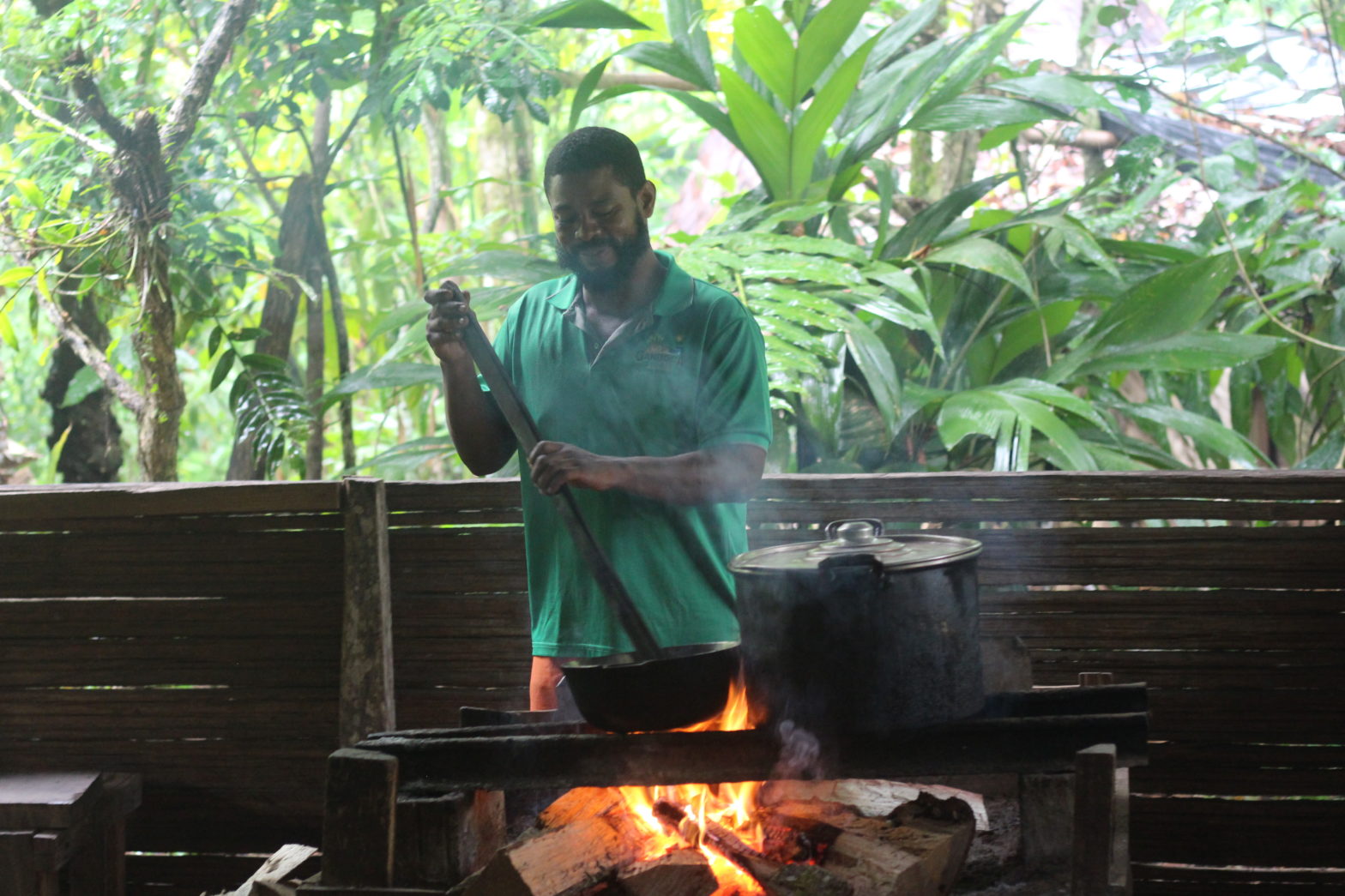Making my way to Puerto Viejo in Costa Rica, I knew that I would have to make a stop to experience the Bribri culture indigenous to the region. The Caribbean coast of Costa Rica interested me as a Jamaican, the Jamaican settlement and ingrained culture has intrigued me for at least a year before arriving. Equally, learning about the Bribri people and their ceremonies and lifestyle a short ride away from the town of Puerto Viejo was something I had high on my list.
The Bribri are an indigenous people of Costa Rica who mainly reside in the mountains along the Caribbean Coast in the Talamanca section of the country. As their land is along the border of neighbouring Panama, some Bribri people can be found there too.
Mostly they live off their land, growing banana, plantain, yuca, corn and of course, a staple in the Bribri diet – cacao. They maintain a wholly sustainable, natural way of living that is largely isolated from the rest of the country, mostly to maintain and preserve their indigenous culture. There is a huge focus on natural medicinal herbal knowledge that is also a key factor to the sustained rainforest society.
Early Morning Cacao Tour in Bribri
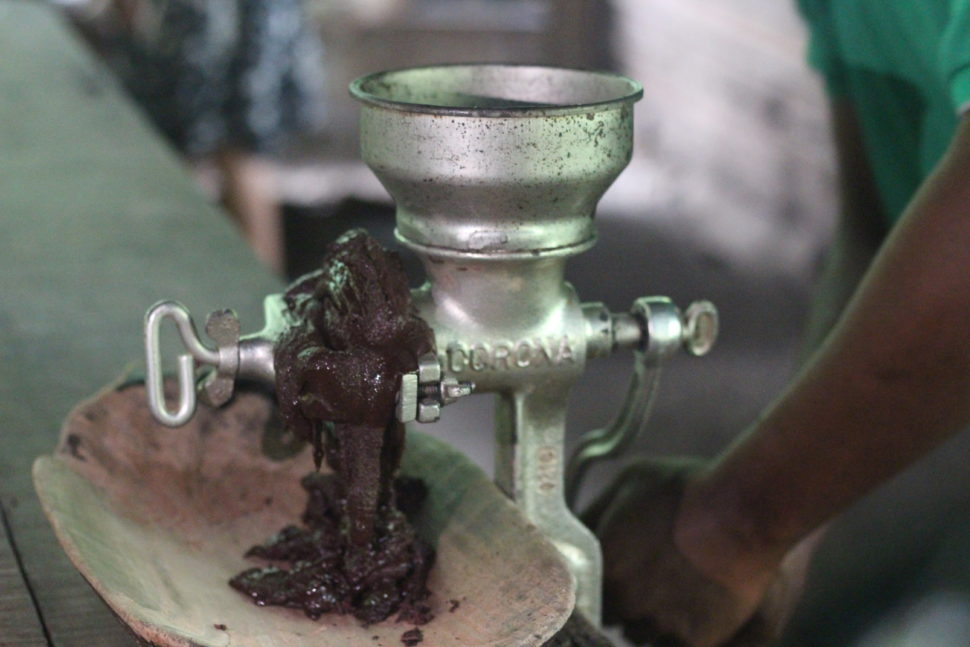
Rising early in the Caribbean had already become a habit of mine but on this particular morning with the heaviest showers I had seen in Puerto Viejo, it made the day ahead seem even more adventurous.
There might not have been a more appropriate or authentic way to experience a rainforest than this, each tree drenched in rain, the light of day mystically appearing then disappearing behind clouds.
Winding up the long roads through the hills and into the community, it seemed as though the cleansing rain was preparing for something truly special, sacred even.
When we arrived the scent of cacao was strong and mixed in with the damp rainforest scents. Wendy, who we’ll later learn is one of the most respected cooks, guardians and mothers in the village, granted us permission to enter and get out of the rain. She greeted us in Bribri and began to demonstrate the process of making chocolate, from bean to bar.
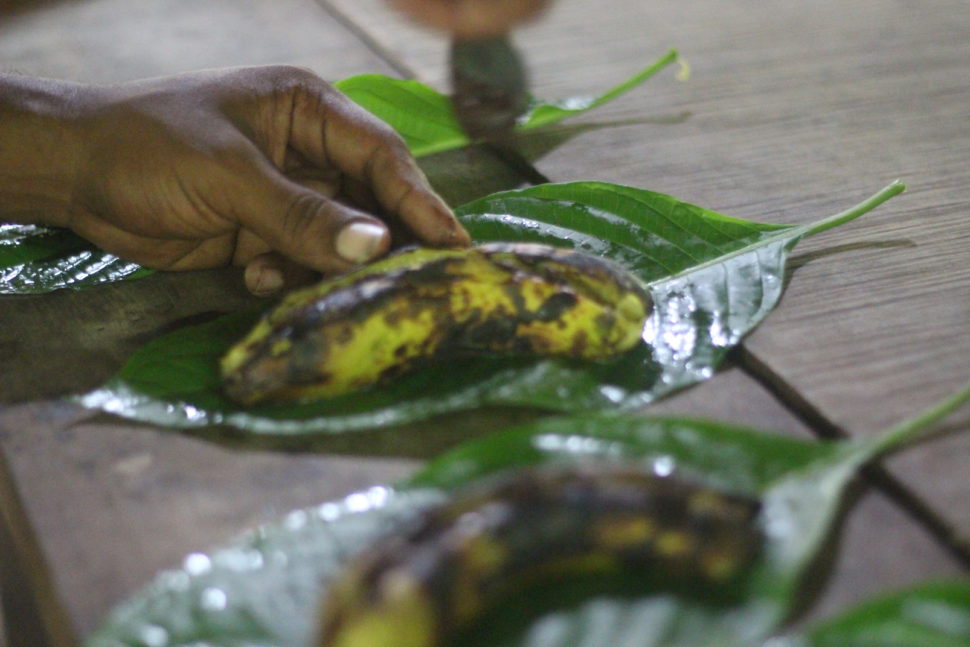
Our tour guide Juanito (later, Little John) helped us with the process, most notably preparing us a typical Bribri breakfast, banana toasted (thrown into a fire he made) and sliced open to spread the fresh made cacao inside – served on a banana leaf to minimise waste.
Passed down ancestral medicinal knowledge
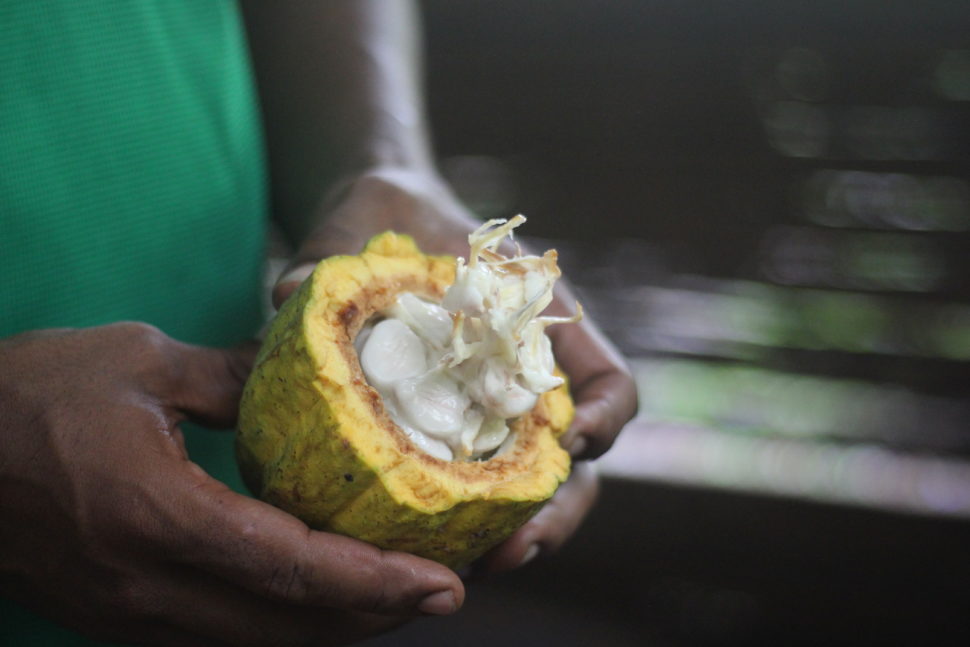
Afterwards we were shown around some parts of the village and guided through the rainforest where we learnt about techniques used by the Bribri people for centuries to preserve the rainforest and maintain the community.
Smelling our way through leaves and herbs, it was a quick lesson on how much medicinal knowledge is taught from young and passed on – enough to have one sniff or even a glimpse at the leaf and know the plant is lemongrass, for instance.
Bribri Waterfalls
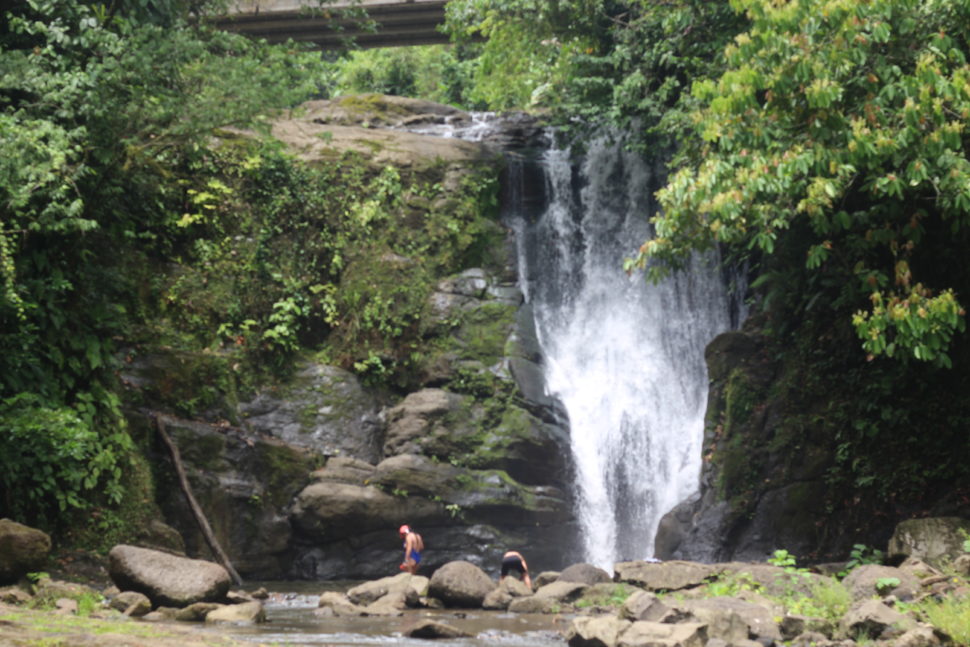
It takes very little convincing to get me ready and in the mood for a waterfall visit, but after being in the humid rainforest, a trip to the waterfalls felt earned.
One thing that really stood out to me was the simplicity and care in which the Bribri community held for nature. Having enough intimacy with the land for instance to know the animals and species without thought. So much so, that when Juanito came across one bird high up in the trees, within seconds he could confirm that the bird had migrated and was not indigenous to the region. The tour guide after that drew that exact same conclusion, in almost as little time.
Exploring local Bribri artisanal store
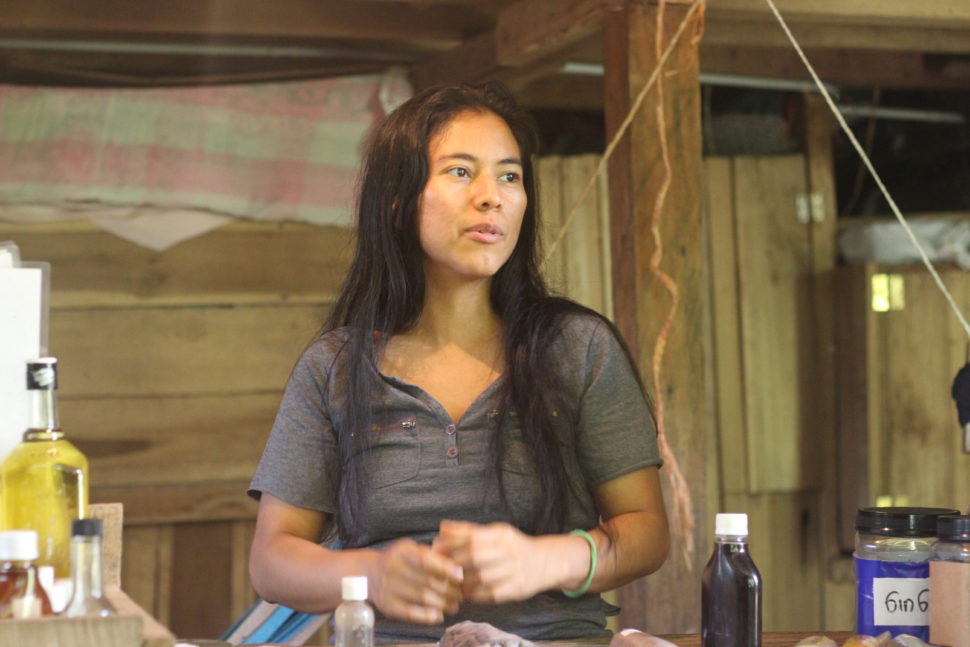
Craving more time in Bribri before the end of our tour we took a detour to discover more of what the region had to offer. Hoping to buy oils, butters and of course pure chocolate, Juanito took us to a local Bribri shop where everything is handmade. Not only did we want to buy absolutely everything in the store, but the family-run energy could really be felt as soon as you enter.
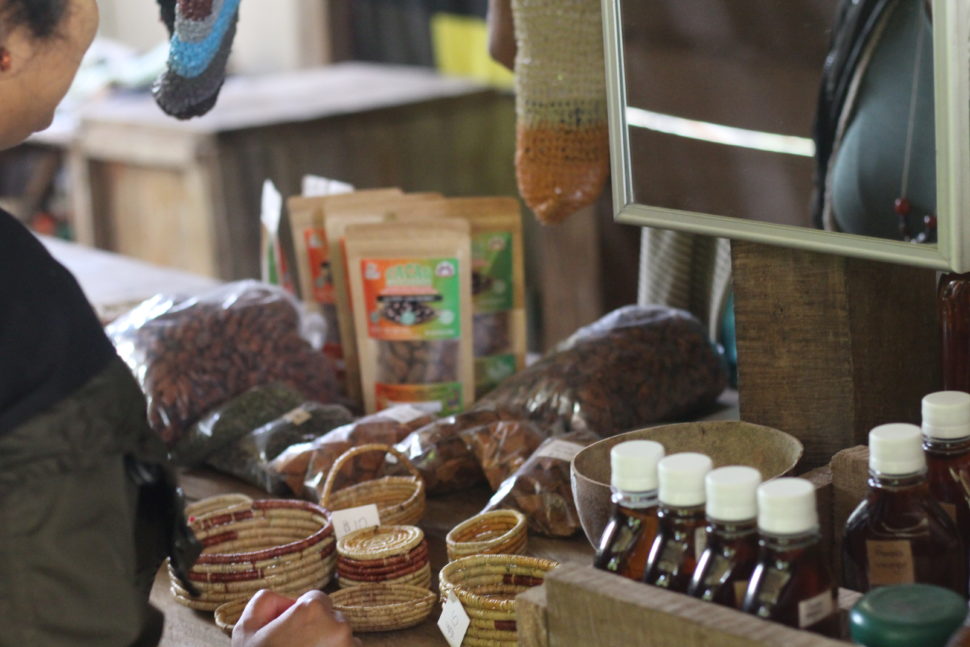
There was a lot to take away from this trip, a lot to learn from. Even while traveling back down form rainforest to coast there was an added appreciation for the reality of the life we had witnessed. Over lunch we discussed some of the other tribes across Costa Rica, and although now seated in one of the most touristy parts of the country, each of us felt a readiness to delve deeper into the indigenous history of the country that is often left undiscussed.
